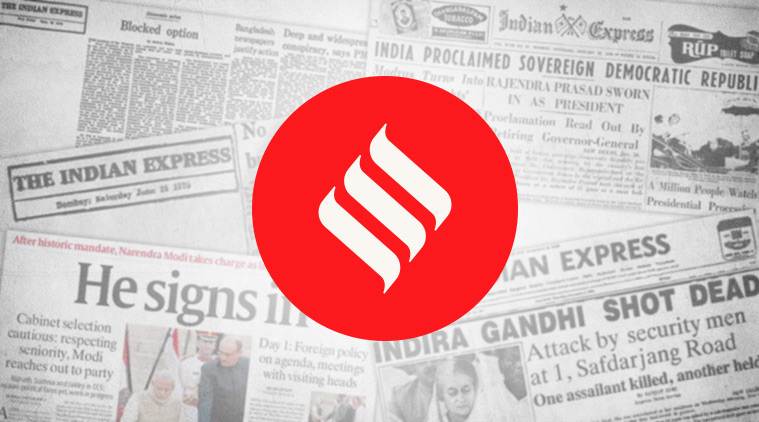
From operating a 120-aircraft fleet and being India’s second largest passenger carrier as recently as January, to possibly flying for the last time on Wednesday, it’s been a literally grounding-to-a-halt for Jet Airways. Except that it wasn’t as sudden as would seem. The company’s financial difficulties were public from around March 2018, when it started deferring disbursal of salaries, which was followed by defaulting on aircraft lease rentals and loan repayments towards October-December.
The fault lay with the lenders for failing to see these signs of trouble. They allowed the founder-chairman, Naresh Goyal, to be on the airline’s board right till March 25 this year, when its fleet size was down to a third and debts to banks had crossed Rs 8,000 crore. Given that the country today has a bankruptcy law, allowing lenders to file an insolvency petition against any defaulting firm and effect management change by inviting bids from prospective new promoters, it is striking why this option was not exercised early enough.
Only this month have banks finally acted and called for expression of interest from investors. It is unlikely that they would want to take over the ailing airline without the lenders agreeing to a substantial write-off of its outstanding dues. The fact that Jet Airways has suspended operations makes things worse. The company needed emergency funding from banks in order to be able to run. The latter declined the request.
They had no choice really, as doing so would have risked more money going down the drain. But once an airline stops flying and its unused airport slots are allocated to others, the valuations during bidding are only bound to fall further. Such a situation could have been avoided had the lenders forced Goyal to step down earlier and sounded out other carriers, both domestic and foreign; they may have been more willing even about six months back. A nudge from the government, too, would have helped, especially with the likes of State Bank of India and Punjab National Bank being the main lenders. The losers in the bargain aren’t just banks, but also Jet Airways’ 16,000-odd employees. Their being on the streets while national elections are on isn’t good news for the ruling party at the Centre.
What is the road ahead? Whether Jet Airways — a symbol of the 1991 economic reforms much like Airtel or Infosys — will fly again will be known only when the current bid process concludes on May 10. The country’s leading domestic carrier Indigo already has a 43 per cent-plus market share. It is in the consumer’s interest that no airline gets to monopolise the skies and reverse the gains from liberalisation. This is the time the government should do away with the 49 per cent ownership limit in Indian airlines by foreign carriers. Consumers ultimately want competition, never mind whoever provides it.
This article first appeared in print under the headline: Grounded